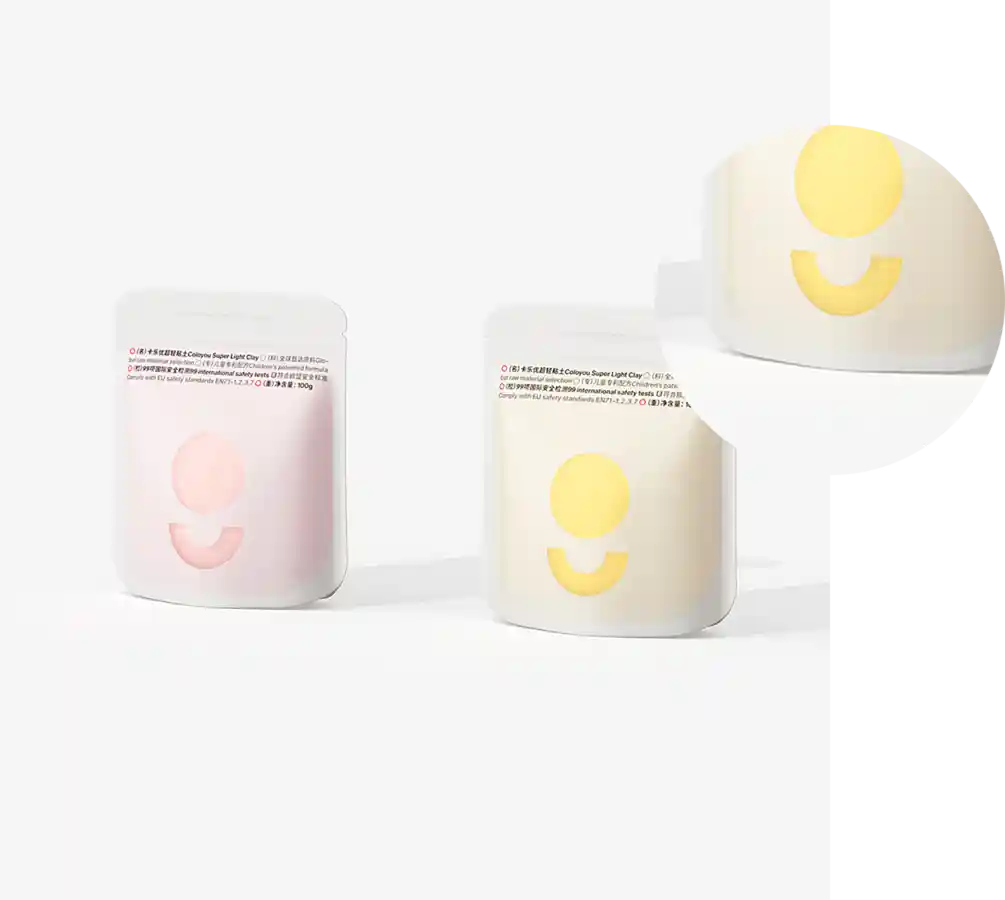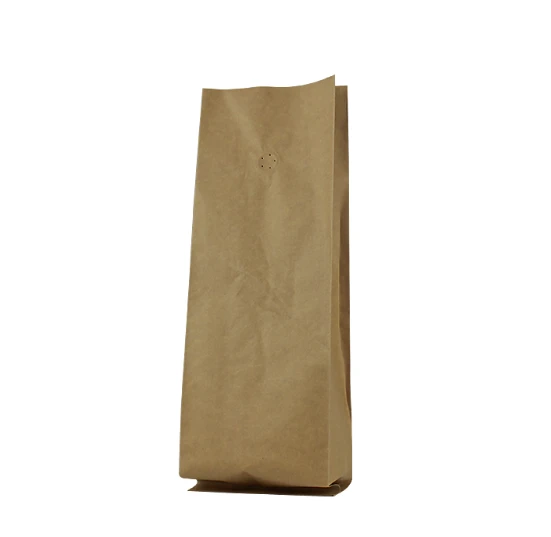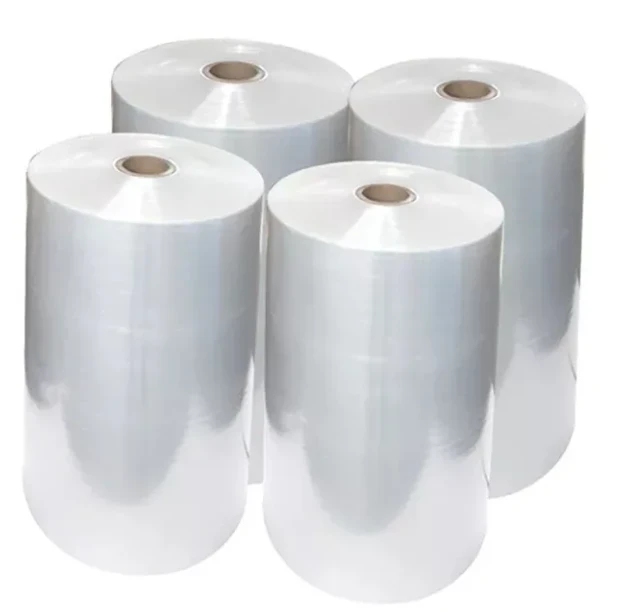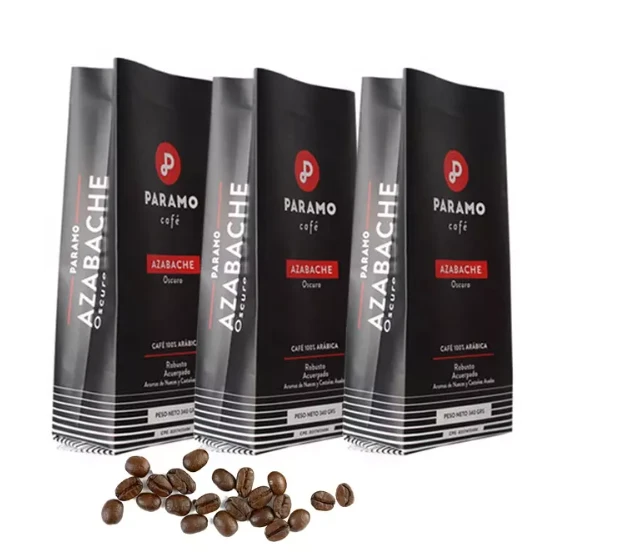- Afrikaans
- Albanian
- Amharic
- Arabic
- Armenian
- Azerbaijani
- Basque
- Belarusian
- Bengali
- Bosnian
- Bulgarian
- Catalan
- Cebuano
- chinese_simplified
- chinese_traditional
- Corsican
- Croatian
- Czech
- Danish
- Dutch
- English
- Esperanto
- Estonian
- Finnish
- French
- Frisian
- Galician
- Georgian
- German
- Greek
- Gujarati
- haitian_creole
- hausa
- hawaiian
- Hebrew
- Hindi
- Miao
- Hungarian
- Icelandic
- igbo
- Indonesian
- irish
- Italian
- Japanese
- Javanese
- Kannada
- kazakh
- Khmer
- Rwandese
- Korean
- Kurdish
- Kyrgyz
- Lao
- Latin
- Latvian
- Lithuanian
- Luxembourgish
- Macedonian
- Malgashi
- Malay
- Malayalam
- Maltese
- Maori
- Marathi
- Mongolian
- Myanmar
- Nepali
- Norwegian
- Norwegian
- Occitan
- Pashto
- Persian
- Polish
- Portuguese
- Punjabi
- Romanian
- Russian
- Samoan
- scottish-gaelic
- Serbian
- Sesotho
- Shona
- Sindhi
- Sinhala
- Slovak
- Slovenian
- Somali
- Spanish
- Sundanese
- Swahili
- Swedish
- Tagalog
- Tajik
- Tamil
- Tatar
- Telugu
- Thai
- Turkish
- Turkmen
- Ukrainian
- Urdu
- Uighur
- Uzbek
- Vietnamese
- Welsh
- Bantu
- Yiddish
- Yoruba
- Zulu
Examples of Effective Desiccants for Moisture Control in Packaging and Preservation
Understanding Desiccants Examples and Applications
Desiccants are substances that possess a high affinity for moisture, enabling them to absorb water vapor from the air. These compounds play a crucial role in various industries by maintaining air quality and preventing moisture-related damage to products. In this article, we will explore several examples of desiccants, their applications, and their significance in both industrial and everyday contexts.
Common Examples of Desiccants
1. Silica Gel Perhaps the most widely recognized desiccant, silica gel is made from silicon dioxide. It is non-toxic and highly effective at absorbing moisture, making it a popular choice for packaging electronics, food, and pharmaceuticals. Silica gel typically comes in small packets that are often found in shoeboxes and medication bottles. These packets serve to keep products dry and extend their shelf life.
2. Calcium Chloride Another effective desiccant, calcium chloride is hygroscopic, meaning it readily attracts moisture from the air. It is often used in industrial applications, such as dehumidifying air in storage facilities or ensuring the quality of agricultural products during transport. Calcium chloride can absorb up to several times its weight in water, making it a robust option for large-scale moisture control.
3. Activated Charcoal While primarily known for its adsorption properties related to gases and odors, activated charcoal can also serve as a desiccant. Its porous structure allows it to trap water vapor effectively. This makes it suitable for use in odor control in homes and food preservation, where moisture is often a concern.
4. Molecular Sieves These are zeolite materials with a highly porous structure that can selectively absorb certain molecules while excluding others. Molecular sieves are effective desiccants because they can remove water from gases and liquids, making them invaluable in chemical processing, natural gas purification, and air drying applications.
5. Clay Desiccants Natural clay, particularly bentonite, can be used as a desiccant due to its ability to absorb moisture. Clay desiccants are non-toxic and environmentally friendly, making them an excellent choice for food packaging and other applications where safety is a priority.
Applications of Desiccants
desiccant examples

Desiccants are used in a multitude of applications across various industries
- Food Industry Keeping food products dry is essential for maintaining quality and preventing spoilage. Desiccants in packaging help to absorb excess moisture, extending the shelf life of snacks, dried fruits, and baked goods. Manufacturers often incorporate silica gel or clay desiccants in packaging to ensure freshness.
- Electronics Moisture can severely damage electronic components. Manufacturers use silica gel packets in packaging to protect devices from humidity during shipping and storage. This practice helps to ensure that gadgets function optimally upon reaching consumers.
- Pharmaceuticals The pharmaceutical industry must control moisture to maintain the efficacy of medications. Desiccants are used in pill bottles and packaging to prevent moisture absorption, thereby preserving drug potency.
- Textiles and Leather Moisture can lead to mildew and degradation in textiles and leather goods. Desiccants are often included in packaging to protect these products from humidity during storage and transport.
- Construction Materials In the construction industry, desiccants are utilized to protect materials such as cement and gypsum from moisture, which can affect their properties and performance.
Conclusion
Desiccants play a vital role in protecting products and maintaining their quality by controlling moisture levels. From silica gel and calcium chloride to molecular sieves and activated charcoal, various desiccants are suited to different applications, catering to the needs of diverse industries. As we continue to innovate and develop more effective moisture control solutions, desiccants will remain an indispensable tool in safeguarding both consumer products and industrial materials. Understanding the examples and applications of desiccants not only highlights their importance but also underscores their impact on everyday life and industry.













